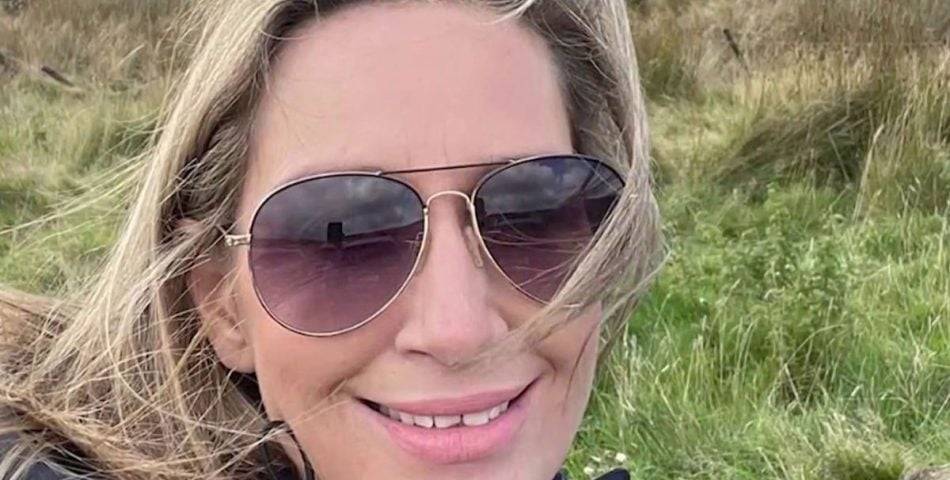Her dental records helped to identify Nicola Bulley’s teeth, which was helpful in the 23-day-old missing-person investigation.
A hearing to open the inquest into the death of Nicola Bulley, 45, who had been missing for 23 days, was recently heard at the Preston Coroner’s Court.
Her dental records, which the police had gotten from her dentist office, helped surgeon Andrew Ian Edwards identify her.
Bulley’s body was discovered in the River Wyre close to Rawcliffe Road in St. Michael’s on Wyre at 2:15 p.m. on February 20. Senior Coroner Dr. James Adeley said at the court that the surgeon had inspected the body.
Dr. Adeley verified that he was happy with the balance of probabilities and that identification had been accomplished after the surgeon determined that the restorative method was identical.
Paul Ansell, Ms. Bulley’s partner, and other family members did not show up for the five-minute hearing. The family was informed that the inquests had begun, but they choose not to take part.
Police had the remaining pieces of evidence, and the post-mortem examination required “additional study.” The most likely date for a formal inquest to be held is June 2023, after confirmation of the pathologist’s availability from the Home Office.
According to Lancashire Police, the inquiry into Ms. Bulley’s disappearance is “hugely complex and highly emotional.”
They did not, however, respond to the criticism they faced for disclosing some aspects of her personal life. Furthermore left unanswered was the question of why it took them 23 days to find her remains in the river.
Once her remains were discovered on Monday, Ms. Bulley’s relatives said that she may “rest now.” To ensure that Paul and their two children carry on her legacy, her friends and family have launched a campaign.
In Saint Michael’s on Wyre, Lancashire, where the dog walker vanished, Ms. Bulley’s body was discovered after a three-week search by specialised divers. Her death’s circumstances are yet unknown, but the inquiry will hopefully offer some clarification.
In forensic investigations, using dental records for identification is routine procedure.
Dental records include specific details regarding the structure and health of a person’s teeth, such as fillings, crowns, and missing teeth. A forensic dentist can make a definitive identification by comparing the dental records of an unknown person to those of a missing person.
It is impossible to exaggerate the value of dental records in forensic investigations. They are frequently the only way to identify human remains, especially when the body has been irreparably injured or decayed.
They are also helpful when the body is only partially recovered, such as when only skeleton remains are discovered.
Particularly in catastrophic disasters where there may be many victims, forensic dentists are essential to the identification of human remains. To make a sure identification, they cooperate with forensic pathologists, anthropologists, and other specialists.
They match the dental records of an unknown person with those of a missing person using a variety of methods, such as dental radiography, pictures, and DNA analysis.
To sum up, a crucial tool in forensic investigations is the use of dental data for identification.
The significance of this method in proving positive identification is shown by the recent inquest into the death of Nicola Bulley.
Her family and friends can find solace in the fact that her remains have been located, allowing them to start grieving and remembering her legacy even though the cause of her death is still unknown.

